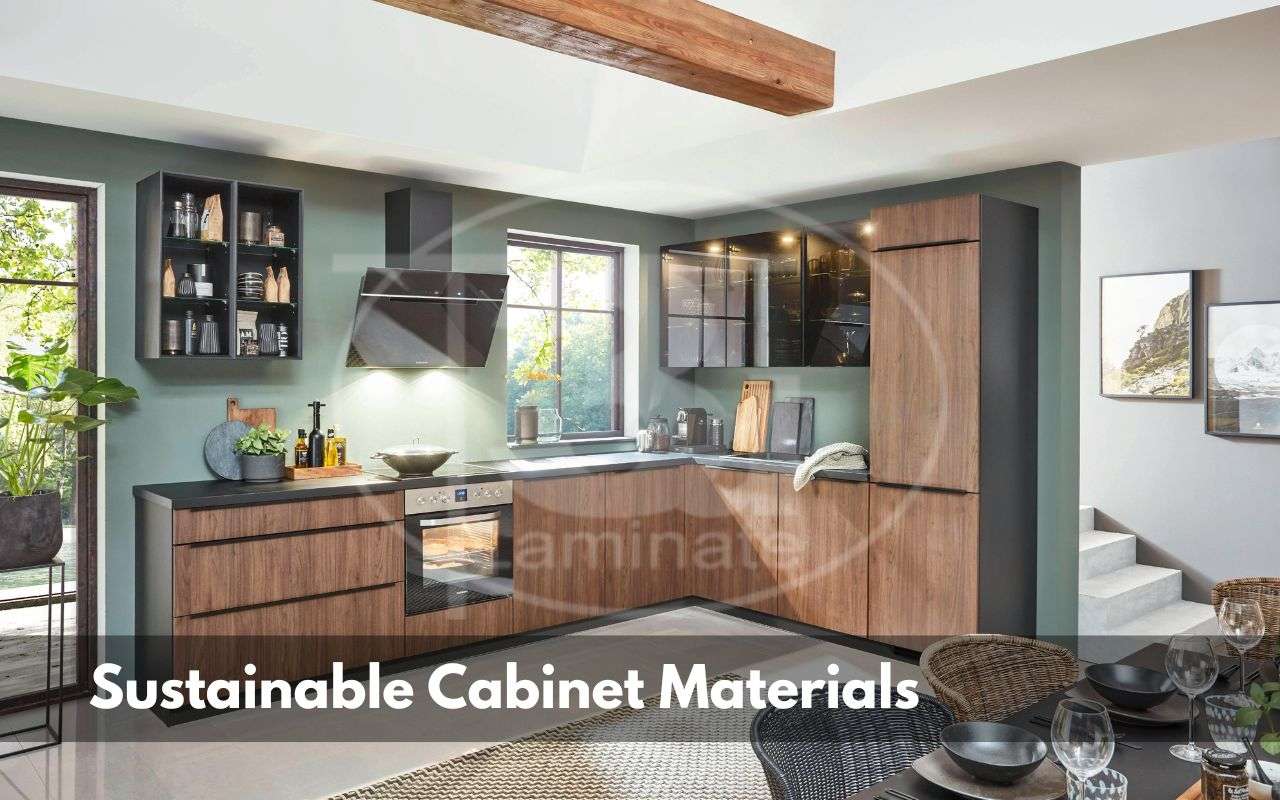
In today’s homes, style and sustainability go hand in hand. That’s why more homeowners are embracing sustainable cabinet materials as a way to update their kitchens without compromising the environment. These materials offer long-lasting beauty and functionality while also supporting eco-conscious living.
Choosing Green Without Sacrificing Style
Sustainable cabinet options have come a long way. In the past, you might have had to choose between environmental responsibility and visual appeal. Now, materials like bamboo, reclaimed wood, and low-emission plywood blend seamlessly into modern and traditional kitchen designs.
Bamboo, for instance, is fast-growing and highly renewable. It has a sleek, contemporary look that pairs well with minimalist or Scandinavian-style interiors. Reclaimed wood, on the other hand, brings a sense of history and character into the kitchen. Each piece tells a story, with its own grain and texture, offering warmth that can’t be replicated with synthetic materials.
Another popular choice is plywood certified by the Forest Stewardship Council (FSC). These options use formaldehyde-free adhesives and are made from responsibly sourced wood. They’re sturdy, durable, and available in various finishes, allowing homeowners to tailor their kitchen aesthetic without guilt.
Low-VOC Finishes and Eco-Friendly Adhesives
It’s not just about the materials you can see. What’s underneath matters just as much. Many modern cabinets use low-VOC (volatile organic compound) finishes, which reduce harmful emissions inside your home. These finishes also tend to be more durable, resisting scratches and moisture while keeping your air cleaner.
Eco-conscious manufacturers are also turning to water-based adhesives and lacquers. These products emit fewer pollutants during production and while in your home, making them a safer option for families, especially those with children or pets.
Innovative Sustainable Materials
Emerging materials like bio-based resins made from plant sources (such as soybeans and corn) provide cleaner alternatives to traditional petroleum-based finishes. Straw board, created from compressed agricultural waste, offers excellent insulation and pest resistance, making it ideal for cabinetry.
Engineered solid surfaces incorporating recycled glass and other post-consumer waste are also gaining popularity. These materials are non-porous, easy to clean, and repairable, extending the lifespan of your cabinets and reducing waste.
Sustainable Cabinets as a Long-Term Investment
Installing cabinets with sustainable materials isn’t just a trend—it’s a smart investment. These cabinets often last longer and require less maintenance over time. In fact, homeowners are finding that spending a bit more upfront can lead to greater savings later on due to fewer replacements and repairs.
And with more buyers looking for green features in real estate, having an eco-friendly kitchen can even boost your home’s value. It’s a feature that resonates with modern lifestyles, where environmental awareness and personal comfort go hand in hand.
Manufacturing Excellence and Sustainability
Leading manufacturers like Casta Cabinetry combine advanced European machinery and automated production techniques to minimize waste and maximize precision. Their commitment to sustainability ensures that every cabinet meets high-quality standards while reducing environmental impact throughout the manufacturing process.
Choosing Sustainable Cabinets in 2025
When selecting sustainable kitchen cabinets, look for:
- FSC-certified or responsibly sourced wood and bamboo
- Low- or no-VOC finishes and water-based adhesives
- Reclaimed or recycled materials
- Durable construction that extends cabinet life
- Manufacturers with efficient, waste-reducing production methods
With these criteria, you can create a kitchen that is both beautiful and environmentally responsible, reflecting the best of 2025 design trends.
